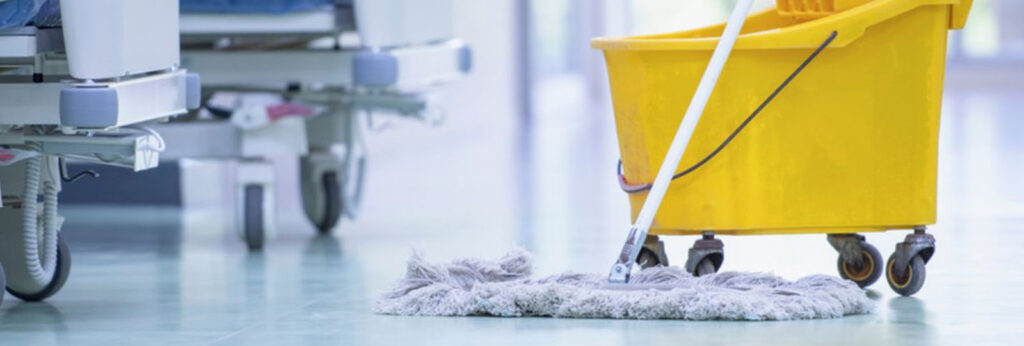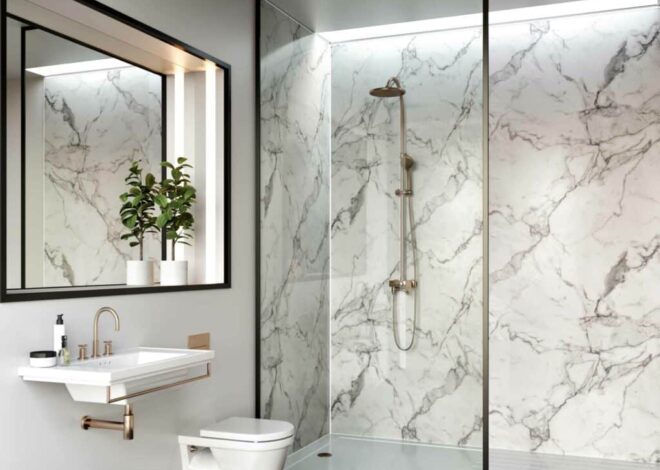Janitorial Products Used In Hospital Cleaning
Hospitals are some of the cleanest buildings in existence. That being said, they are also some of the dirtiest. Hospitals have strict and rigorous cleaning schedules in order to keep their buildings spotless, but these cleaning schedules usually leave much to be desired when it comes time to clean floors, hallways, and offices. Janitorial products used in hospital cleaning in Sonoma, CA will help you in everything about the flooring cleaners and disinfectants that these hospitals use to keep their floors looking brand new even when they get a lot of wear and tear from patrons walking through them daily.
Bleaching Products
Most hospitals use a mixture of bleaching products to help keep their floors clean. These products are used to get rid of stains and other marks on the floor that might get left behind from the patients and staff members that use them. The bleaching products offered by these companies will also help to keep the floors looking bright and shiny even when there is a lot of wear and tear on them. These products are often paired with chlorine dioxide which helps to purify the air in the building by removing any excess mold spores as well as other types of odors that may be present in it as well.
 Phenolic Sealers
Phenolic Sealers
Phenolic sealers are used by many hospitals to help keep the floors and walls of their buildings looking shiny and new. This is an added bonus for most because the floors and walls in these buildings have a tendency to look dingy and dull even when they are cleaned constantly. These types of sealers are usually applied not once, but twice on most, if not all of the floors in a hospital. The first application is usually just sealed onto the surface with a mop or similar implement, while the second has to be applied with a brush. This is because the first application takes away the shine from most floors, but applying a second one after that keeps it from going all cloudy and dull.
Disinfectants
Many hospitals use disinfectants to help keep their floors clean. These products are highly effective in keeping strains of bacteria, viruses, etc. at bay even when they usually get lots of wear and tear on them throughout the entire building.



